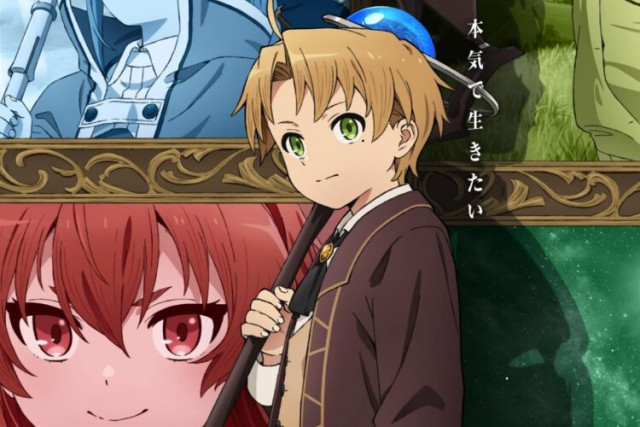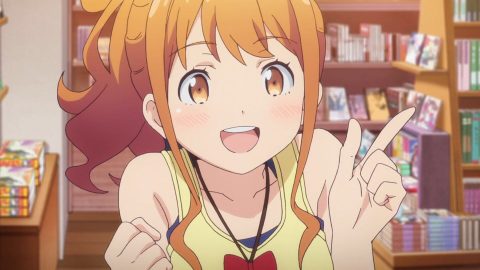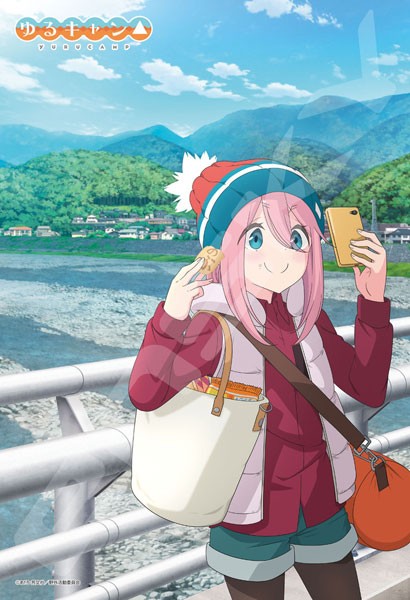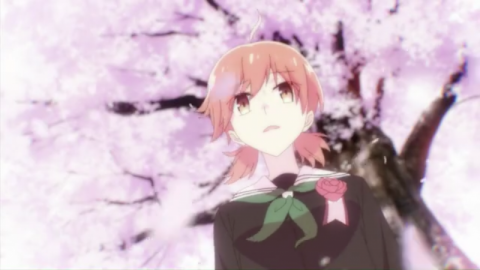The anime series "My Little Monster" will be broadcast in 2024, but have you ever wondered about the gods and monsters that appear in the series? This is a heartwarming, everyday story in which cute monsters interact with many characters, but the settings for monsters and gods are depicted in detail, and fans who are knowledgeable about Japanese culture and Shintoism have praised it for being "too detailed!!". There are probably some people who don't understand the fine differences between gods and monsters, but are somehow interested, but unfortunately, it requires knowledge of Japan's complex culture and philosophy, so I don't think there are many fans who are willing to study these elements of the series in depth. However, this series can be enjoyed even more by learning more about these unique Japanese beliefs and ways of thinking about monsters and gods, so I would like everyone to know about this information. So, this time I would like to introduce the monsters and gods as Japanese beliefs depicted in "My Little Monster". If you understand this article in detail, you will be able to enjoy this work even more, so please check it out.
The Japanese way of thinking about gods
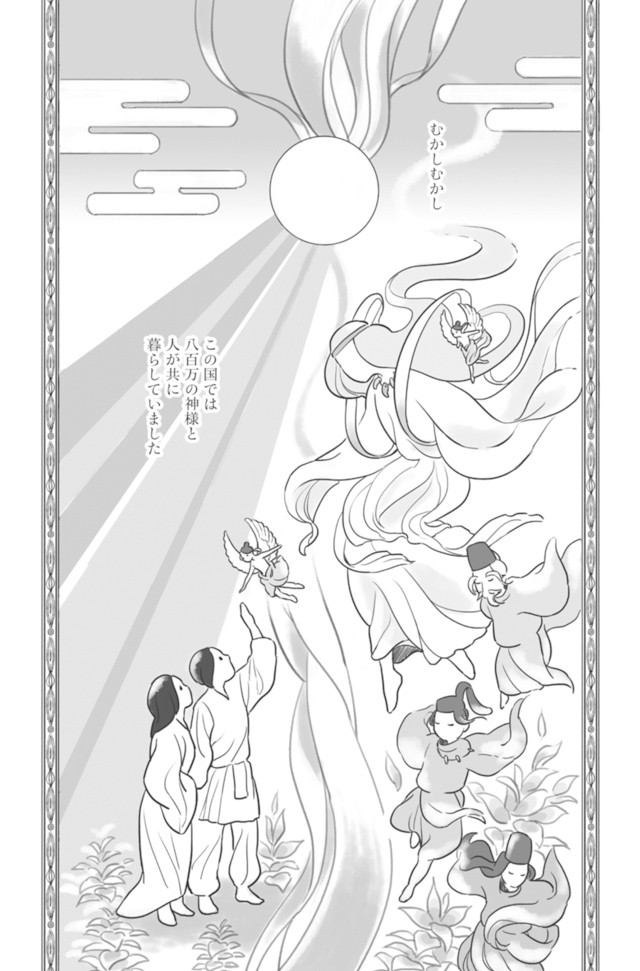
First, let's introduce the Japanese way of thinking about gods, which also appear in this work. When we think of gods, we tend to imagine Christian, omnipotent, and powerful gods, but Japanese gods are different from these European gods, and are depicted as beings that look like humans and have the same feelings as humans.
Gods Lurking in the Everyday

For Japanese people, gods are present in various places in everyday life and are very familiar to them. In this work, a white snake appears as a god, and gods exist in surprisingly familiar places, but in Japan, there is a culture of considering such supernatural phenomena and mysterious creatures as gods.
The ancestors of the Japanese people and a part of their lives
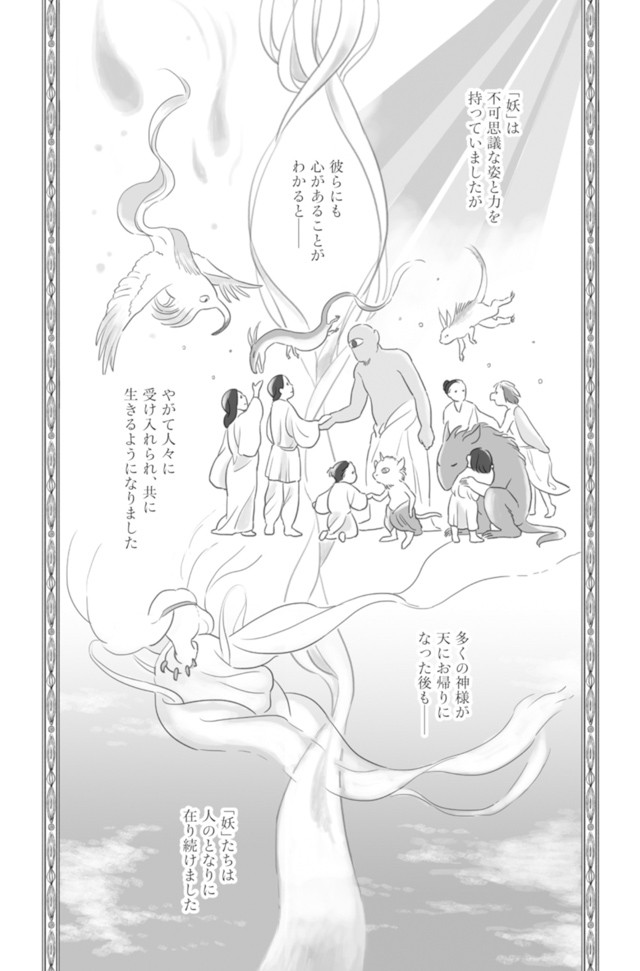
In addition, it is believed that the gods in Japanese mythology are also the ancestors of the Japanese people, and that the Japanese people are descended from gods that existed in Japan long ago. Therefore, the idea of gods in Japan is that gods exist in everyday life, and that the gods that existed long ago were existences that could be said to be the ancestors of us Japanese people.
Differences from the One and Only God

As such, Japanese gods are very different from the gods known as the One and Only God in the West. Japanese gods do not have absolute power, but they can be found in many places and have a somewhat familiar character.
The image of Japanese gods is disappearing

Unfortunately, in recent years, awareness of these uniquely Japanese beliefs has become quite shallow, and people tend to have an image of European-style gods, so it's important to remember that these are forms of belief unique to Japan.
Yokai and demons are different

The yokai depicted in this work are similar to devils in Europe, but there are also big differences between Japanese yokai and European demons. From here, I would like to briefly introduce the differences between Japanese yokai and Western demons. In recent years, there has been a tendency to think of yokai as scary beings like ghosts, but the original yokai are surprisingly not like that, so be sure to check it out.
The devil in the West is the perfect enemy

The devil in the West is a force that is clearly hostile to God in Christianity, and is depicted as an entity that only does evil to humans. For this reason, in the West, the devil is basically a target to be defeated, and there is a culture of witch trials and demon trials to expose and punish demons and witches who have mingled with humans.
Yokai are beings that can coexist with us
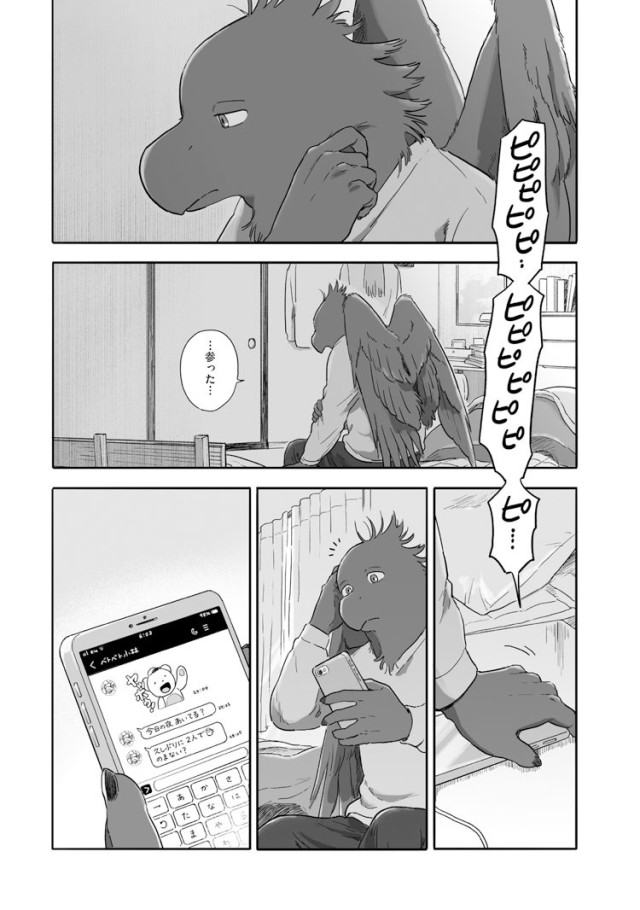
In contrast, yokai are seen as beings that can harm humans, but can also do things that are beneficial to humans. In the first place, yokai are beings that are unclear in their distinction from gods, and this ambiguity is so great that on the one hand, there are yokai that are worshiped as gods, but on the other hand, they are treated as yokai.
The Yokai in this Movie

This work also reflects the uniquely Japanese belief in yokai. The yokai in this work choose to coexist with humans, which is a uniquely Japanese way of thinking about yokai. Living with yokai and mutual respect is a setting that would be hard to imagine in Europe, where Christianity is strong.
Why are Western demons and Japanese yokai different?

As you can see, Japanese monsters and Western demons are very different, but why are there such differences in the way monsters and demons are viewed in Europe and Japan? From here, I would like to introduce the differences in the way monsters and demons are viewed in Japan and Europe. This story is also relevant to the current Japanese character business, so if you're interested, please check it out.
Animistic beliefs behind yokai
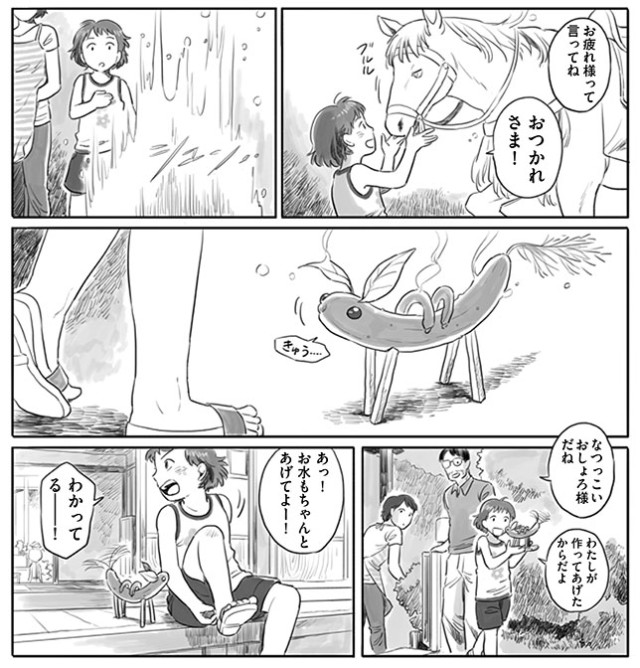
The uniqueness of the Japanese way of thinking about yokai is believed to come from animistic thinking. Animistic thought is the idea that gods reside in all natural phenomena and objects, and is also known as animistic beliefs. This is a form of belief that is often seen among agricultural peoples who are often involved with nature, and is a form of belief that is widely seen in Japan and Southeast Asia.
A monster of nature itself
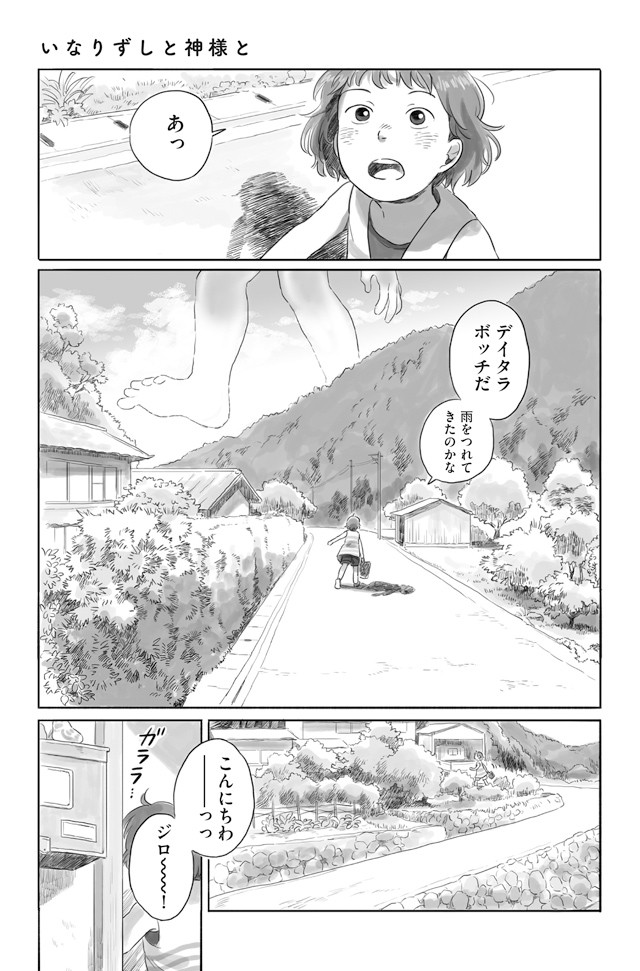
Because Japanese people are engaged in agriculture, they are sensitive to changes in nature. Therefore, they believed that rain and thunder had superhuman powers and came to personify them. This is said to be the origin of the way of thinking that we now call monsters. In this work, the monster Deidarabochi is described as bringing rain, which can also be said to be a very animistic way of thinking.
How do we deal with the injustice of nature?
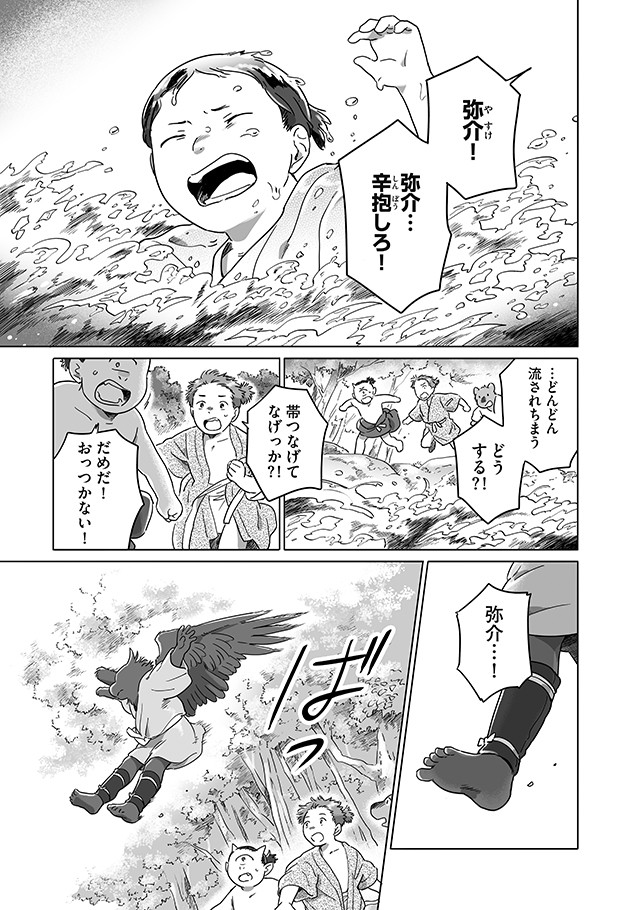
For agricultural people, natural phenomena can be merciless in a sense. No matter how hard you work on the farm, the sun can shine for a long time and the rice can go to waste, or a typhoon can come and destroy your house, leaving you without a place to live. For this reason, while people fear natural phenomena as beings beyond human understanding, they have come to accept their existence by seeking ways to coexist with them.
The original source of the monsters in this work may be "Onmyoji"? ?
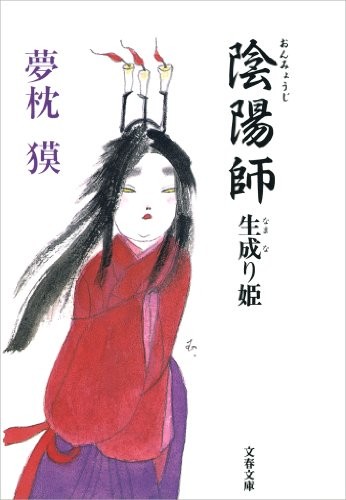
The depiction of the yokai in this work is also due to this cultural background, but there is a work that is thought to have had a major influence on the settings of the yokai in this work. This is the novel "Onmyoji", which is based on the idea of Japanese yokai and has had a major influence on modern Japanese thinking about curses and yokai. The settings of the yokai that appear in this work adopt many of the complex settings of the yokai explained in "Onmyoji".
Yokai that cannot exist without a role
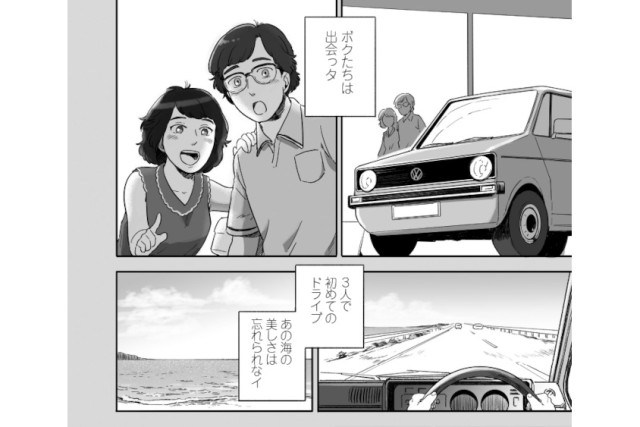
For example, in this work, it is said that yokai cannot exist without some role from the human perspective. After all, yokai cannot materialize on their own, and in order for them to materialize, there must be some meaning for humans. Therefore, for yokai, what their role is is an important keyword through the very meaning of their existence.
The setting is that human perception creates demons
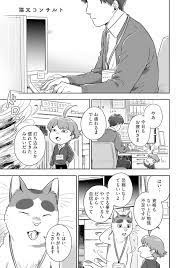
In this way, the idea that what is important to demons is human subjectivity is actually a setting that is also depicted in "Onmyoji." In the setting, "Onmyoji" explains that human perception is the main factor, and that all human emotions create demons in a way that shows humans illusions.
A setting that cannot be materialized as a subject
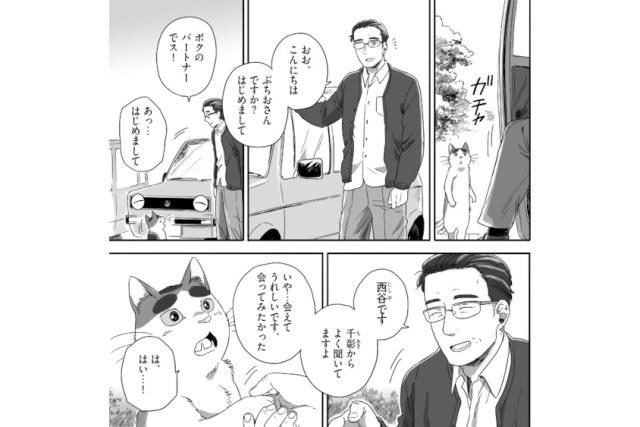
In "Onmyoji," the youkai cannot exist as subjects themselves, and cannot exist unless humans recognize them. This setting is what ties into the setting of this work, in which the youkai need to have a meaning from a human perspective in order to exist.
Is the root of this thought Yuishiki etc.?
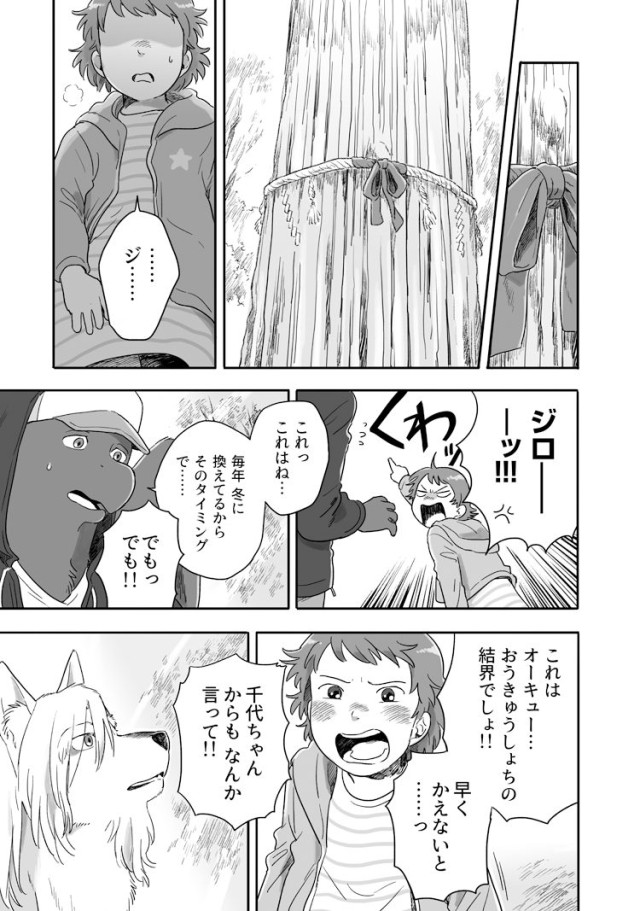
Of course, the setting of the monsters in Onmyoji was not created from scratch by the original author Baku Yumemakura. In Buddhism, which has had a great influence on Japan, there is a concept called "Yuishiki", and this idea of Yuishiki is exactly the idea explained in "Onmyoji" that human perception is the subject of the world, and the world changes greatly depending on human emotions, etc.
Setting as an application of Yogacara
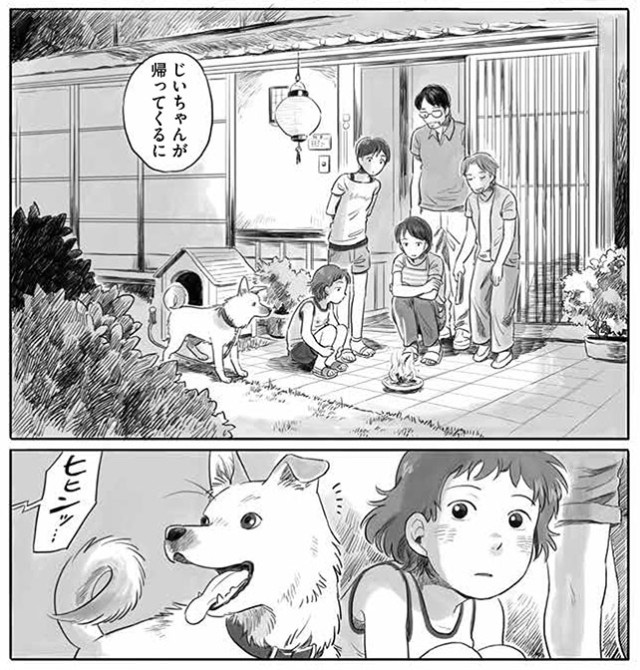
This idea is also a basic idea in Buddhism, but what's interesting about "Onmyoji" is that it skillfully appropriates this setting and transforms it into a setting that says that since the world changes depending on how humans think, if there is a change in the human heart, even monsters should be able to exist.
Why gods and monsters are different in this work
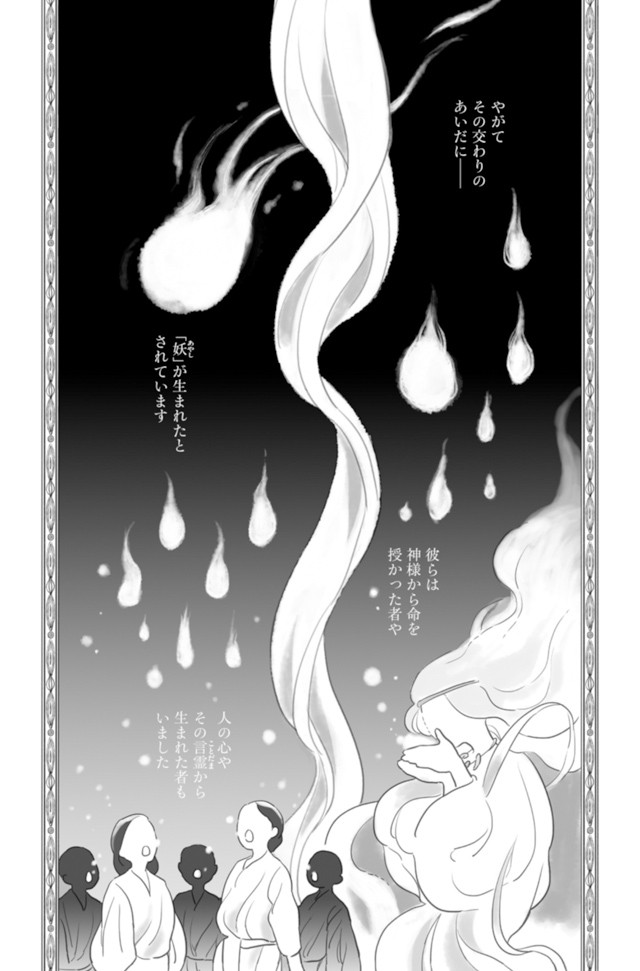
As you can see, in Japanese beliefs, gods and monsters are surprisingly indistinguishable, but in this work, monsters and gods are more clearly separated to a certain extent. From here, I would like to think about the clear distinction between monsters and gods that is unique to this work. It is an element that leads to the original setting that is unique to this work, so be sure to check it out.
Yokai born from humans

In this work, it is clearly explained that yokai can be born from the hearts of humans. This idea that they can be born from the hearts of humans is thought to be taken from the previously introduced "Onmyoji", but on the other hand, gods are not born from the hearts of humans, but are depicted as having existed at the same time as humans or even before that.
Japanese people see different ethnic groups as monsters

It is also said that Japanese people applied monsters to ethnic groups other than Japanese people. For example, Namahage, a familiar creature in Akita, is said to represent castaways from Russia and other places, and it seems that people in Akita Prefecture have been found to have Russian DNA mixed in them. In this way, while Japanese people thought of superhuman natural phenomena as monsters or gods, there are also times when they abstracted foreigners who came from outside into being great monsters.
"Yokai" was also a concept that represented foreigners
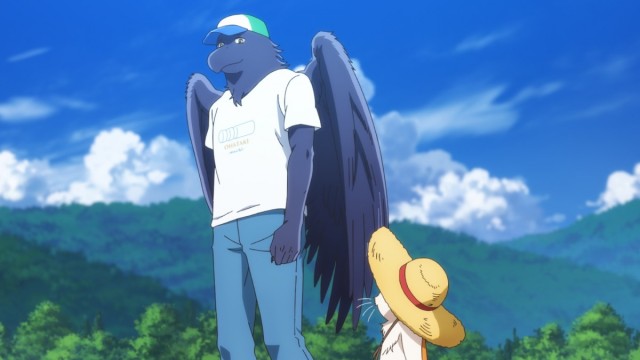
One theory is that some yokai represent the perception of people from outside the Japanese community, since yokai with long noses such as tengu are also considered to be a European characteristic. If we think about it this way, the yokai in this work can be seen as being like what we would call foreigners in modern society, or as representing them.
This work as a story of diversity
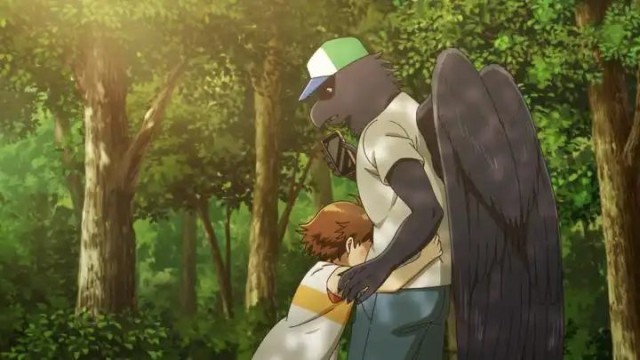
This work depicts how characters with different values interact with each other, and if you think about it that way, I think it can also be seen as a work that depicts diversity, such as coexistence with foreigners.
Summary
What did you think? This time, I have introduced the gods and monsters depicted in this work, "My Neighbor is a Yokai-san," from the perspective of Japanese beliefs. There are many different theories regarding the form of belief in Japan, and it is not possible to give a general explanation, but by unraveling Japanese culture we can find out what sort of characteristics they have, so if you've read this article and are interested in the unique Japanese way of thinking about monsters and gods, be sure to do some research yourself. The familiarity that Japanese people have with monsters and gods is still the foundation of Japanese character businesses today, such as "Pokémon" and "Yo-kai Watch." The uniquely Japanese way of thinking about non-human beings has influenced a variety of industries and works, so be sure to look into how uniquely Japanese thinking has influenced works other than this one as well.

